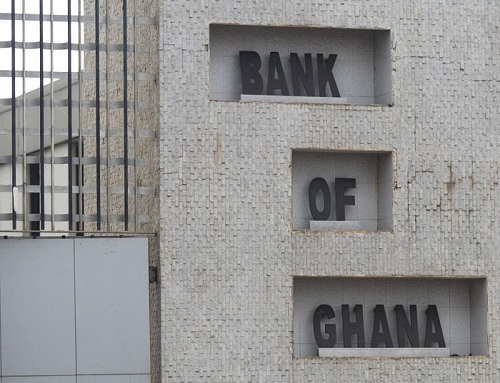The profit before tax (PBT) of the banking industry shot up by 27.4% to ¢4.9 billion in the first eight months of this year, signaling a recovery in economic activity.
According to the Bank of Ghana, this is higher than the growth of 19.2% registered a year ago.
Over the same comparative period, net interest income grew by 17.9% to ¢8.3 billion, marginally lower than the 18.7% growth a year ago.
Net fees and commissions grew strongly by 21.8% to ¢1.85 billion, higher than the growth of 8.9 percent for same period last year. This reflected the continued recovery in trade finance-related and other ancillary businesses of banks.
Also, total operating income rose by 15.7%, marginally below the corresponding growth rate of 17.0%. Cost control measures within the banking sector continued to support profit performance with operating costs increasing by 9.0 percent, lower than the 12.1% increase for same period in 2020.
For loan loss provisions, it also increased by 5.3%, compared with the 29.5 percent growth a year ago. Profit before tax accordingly increased by 27.4% to ¢4.9 billion, higher than the growth of 19.2% a year ago.
Banking industry strong, well capitalized
The Bank of Ghana described the banking sector as strong and well-capitalized, with stronger growth in total assets, investments and deposits.
This is represented in the financial statements of majority of the banks.
Total assets increased by 16.7% to ¢166.4 billion as at the end of August 2021, driven mainly by a 28% year-on-year growth in investments to ¢80.3 billion.
Also, growth in gross advances rose by 8.7% as at August 2021 from the end-June position of 5.7%. Furthermore, the Bank of Ghana said strong liquidity flows during the period resulted in a 21.8% annual growth in total deposits to ¢111.6 billion.
O the Financial Soundness Indicators, the Central Bank said it had remained strong, whilst the industry’s Capital Adequacy Ratio of 20.7% at the end of August this year, was way above the regulatory minimum threshold of 11.5%.
Private sector credit growth yet to fully recover
The regulator also said that private sector credit growth has not fully recovered to pre-pandemic [Covid-19] levels due to lingering supply-side risk aversion from the shock of the pandemic as well as slower-than-expected growth in demand for loans that are backed by bankable projects.
The annual nominal growth in private sector credit therefore slowed to 9.5% in August 2021 compared with 14.3%, in the corresponding period of 2020.
Similarly, real private sector credit contracted marginally by 0.1% compared to a growth of 3.4%, recorded over the same comparative period.







